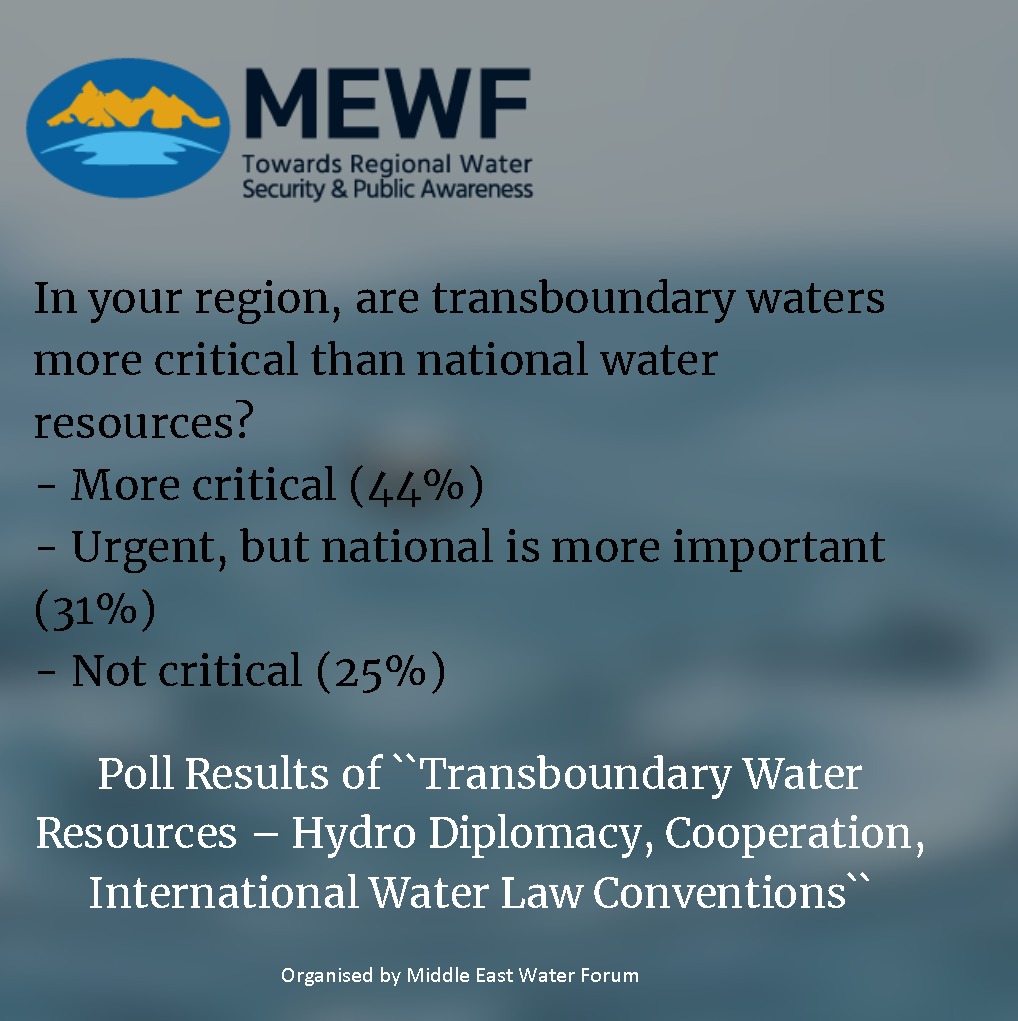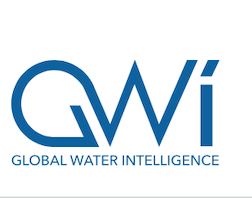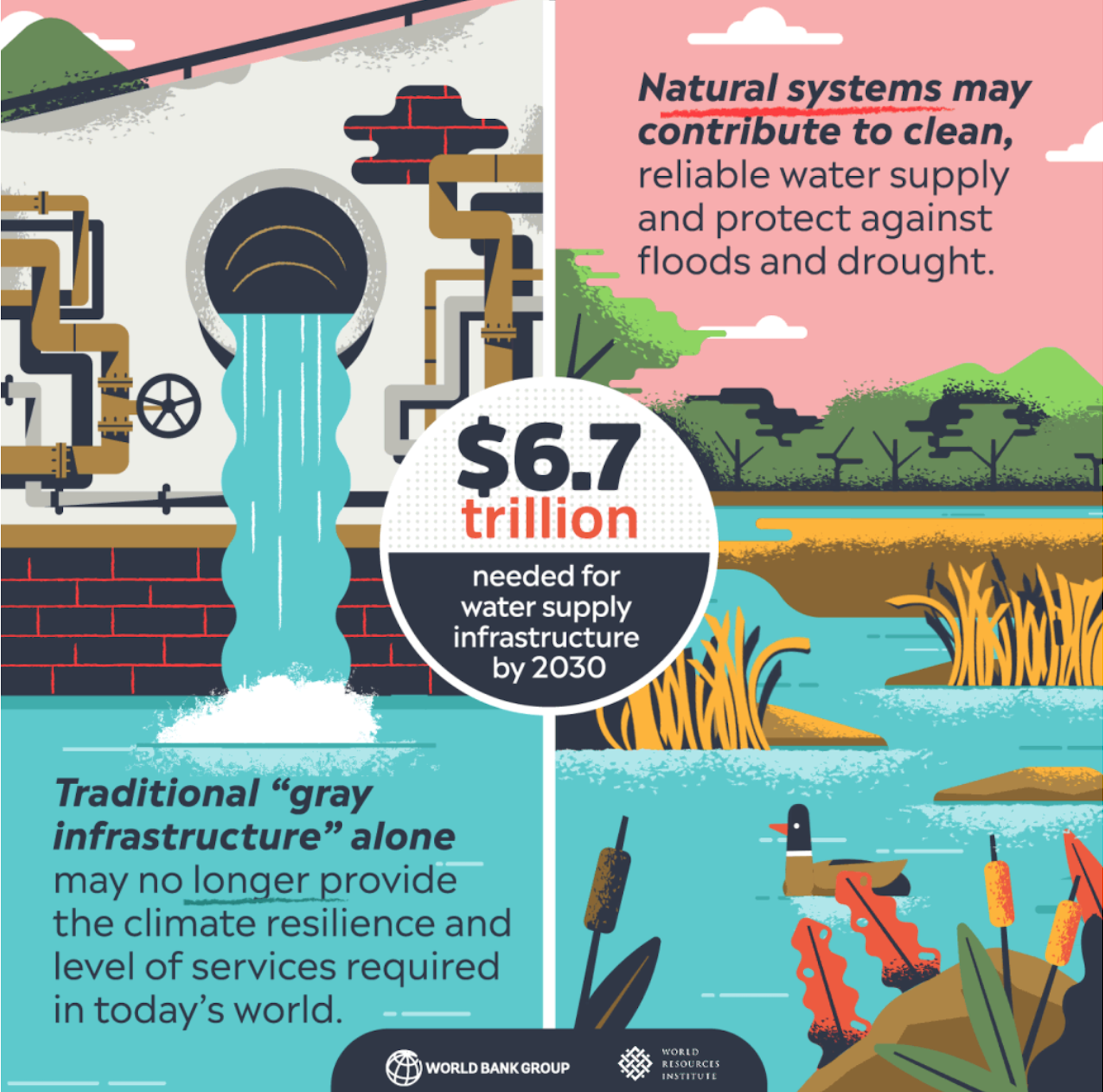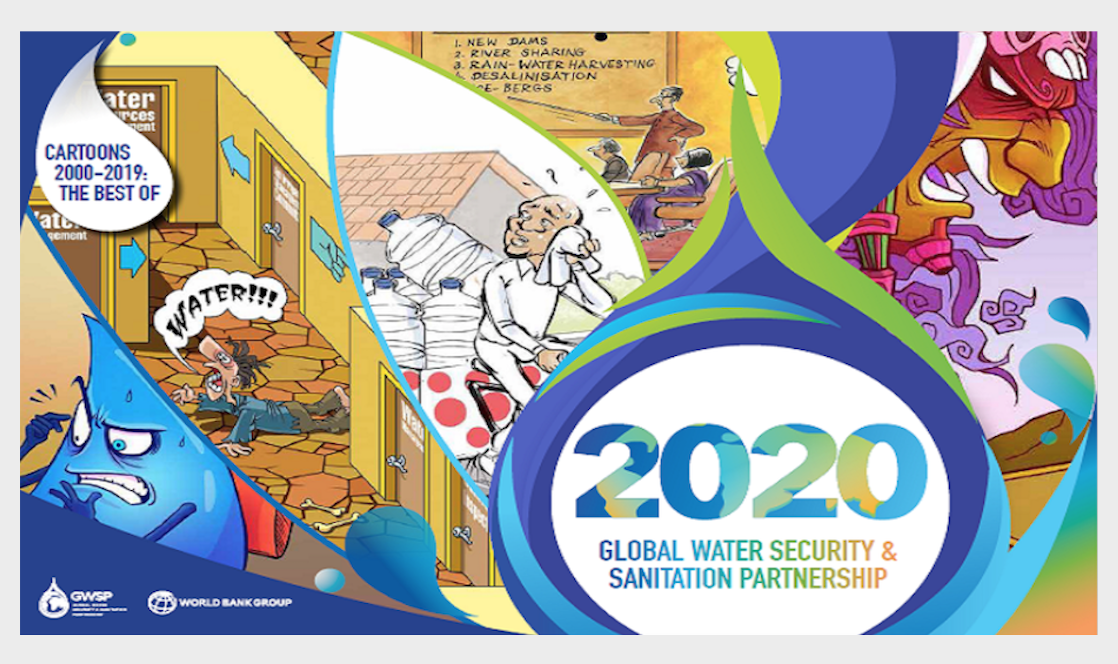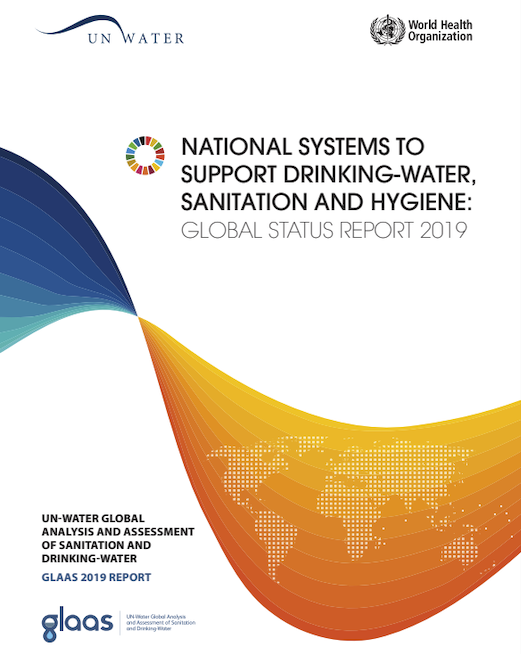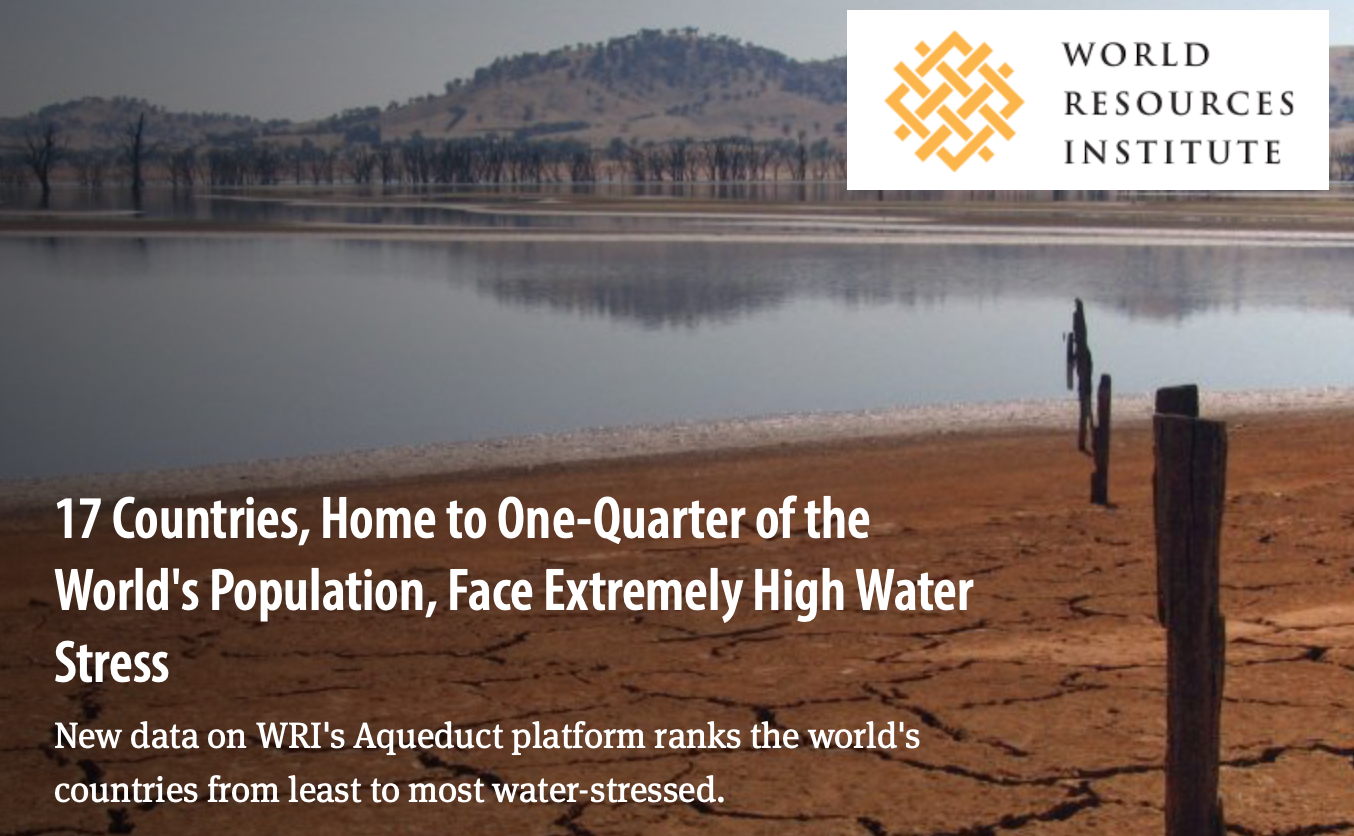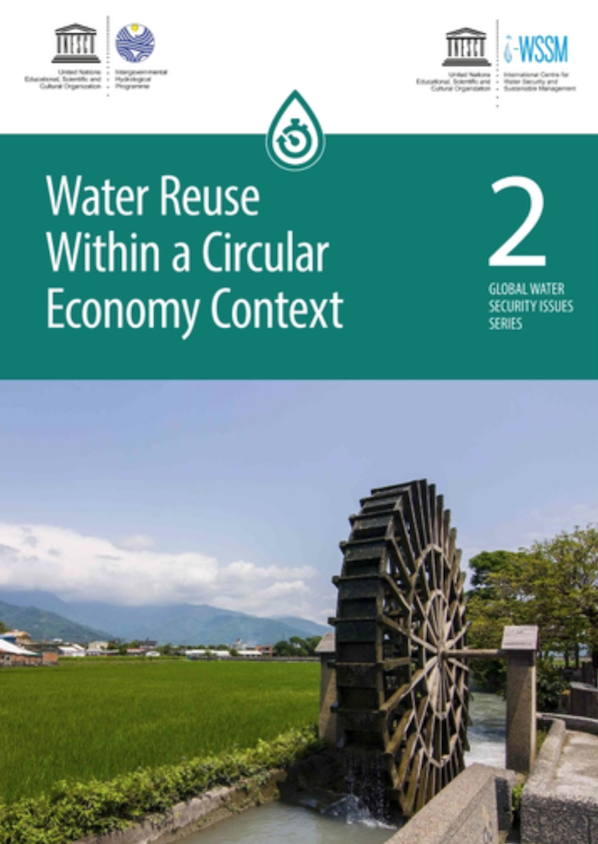
Under conditions of water scarcity and intermittent network supply, public utilities frequently struggle to fully meet urban demands for water. The resulting gap between water volumes delivered via the public network and the aggregate needs of urban consumers is often met by small, private water providers. This is also the case in Jordan, where tanker water markets have emerged in response to the chronic water shortage that the Hashemite Kingdom is confronted with. In Amman, Jordan’s capital and by far its most populous city, private tanker water operations purchase groundwater in the urban periphery and sell it to customers across the city (Klassert et al., 2015). Despite the fact that tanker water is commonly used and the trucks are a part of Amman’s cityscape – particularly during the hot summer months – there is little empirical work attempting to quantify how much tanker water is used by whom and for what purpose. This article discusses how one group of urban water consumers – the commercial sector – relies heavily on tanker water. As discussed in detail, key results from our analysis (Zozmann et al., 2019) are: 1) total annual consumption of tanker water by the commercial sector in Amman is about 9.7 million cubic meters; 2) on average, 35-45% of the water consumed by the commercial sector is delivered by tanker trucks, with strong spatial and seasonal variations; 3) commercial establishments in Amman consume about 11% of the water volume considered to be the annual safe yield of the Amman-Zarqa basin, which is currently exploited at an alarmingly unsustainable rate.
 eng-hassan-aboalnaga
eng-hassan-aboalnaga








